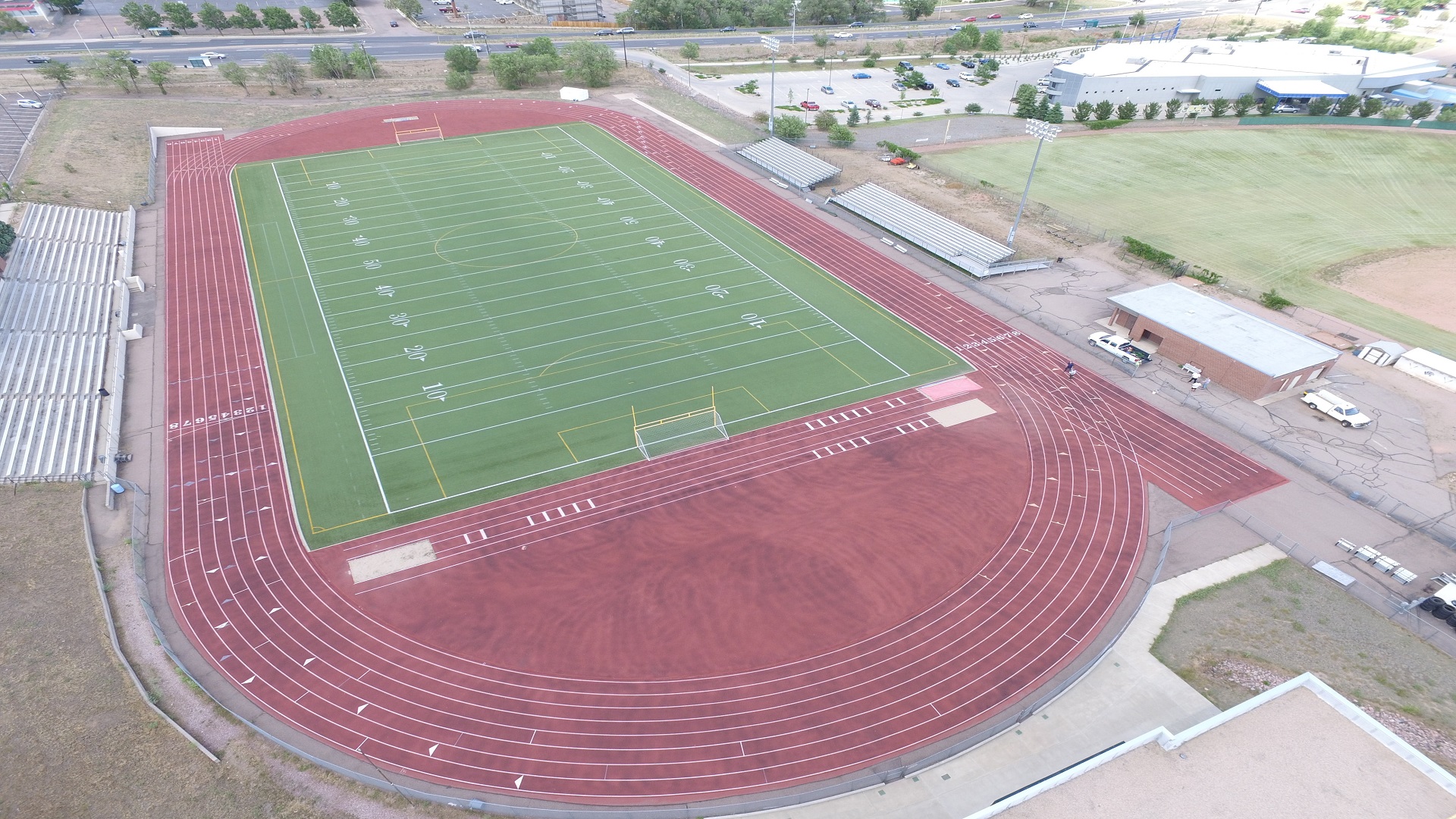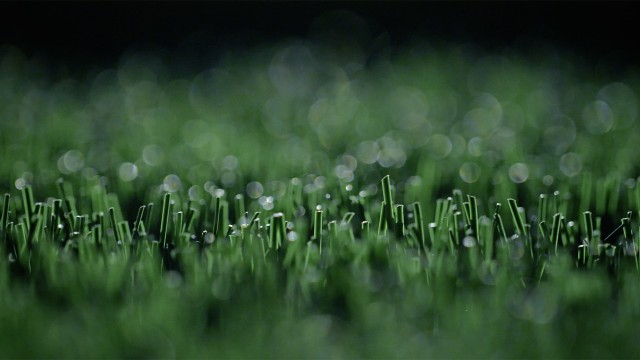The average life expectancy of an artificial turf field is between eight and 10 years, yet the original FieldTurf football surface at Harrison High School in Colorado Springs, Colo., was 15 years old when it was replaced this summer with FieldTurf’s Classic HD. Even more remarkable is the fact that it was still passing surface hardness tests!
The new Classic HD field features the company’s popular slit-film fiber, and the surface is designed to maximize durability and safety while also increasing aesthetic appeal. Officials at Harrison are confident with their decision to trust in FieldTurf.
"From the day we started listening to bids, I was impressed with the professionalism of the FieldTurf team. Add that to the fact that we were so happy with our previous FieldTurf field that lasted 15 years, and this decision was an easy one. We couldn’t be happier with the development of this project, from customer service to the installation process, we appreciate FieldTurf’s hard work. We are so excited about our new field!"
Dave Hogan - Director of Athletic & Activities, Harrison School District 2

In June 2020, prior to the removal of the original FieldTurf surface installed in 2005, an independent sports testing firm performed on-site g-max impact testing per ASTM F1936-19, which is the standard specification for impact attenuation of turf playing systems as measured in the field. The old surface passed with an average g-max of 156, which is within the boundaries permitted by ASTM. Using the ASTM F1936 test method, g-max readings should not exceed 200 at each test point.
Surface hardness is measured by dropping a weight from a fixed height onto the playing surface. Known as a “missile,” the weight contains an accelerometer that measures how quickly the missile stops once it hits the surface. The accelerometer then generates a numerical value — commonly referred to as g-max. The higher the g-max, the faster the missile stopped.
Therefore, a field with higher g-max levels loses its ability to absorb force, placing more impact on the athlete’s body during a collision. Likewise, a field with lower g-max levels absorbs more force and lessens bodily impact.
FieldTurf has installed more than 3,000 fields that have lasted for eight years or longer. The reason: Quality fiber and heavyweight infill. FieldTurf’s fibers are produced at Tarkett Sports’ manufacturing facility in Germany with a quality control process that includes stringent testing of yarn properties — including tensile strength, uniformity and color verification.
Our FieldTurf experts are here and ready to help you plan your upcoming field replacement. Find your expert Here.


